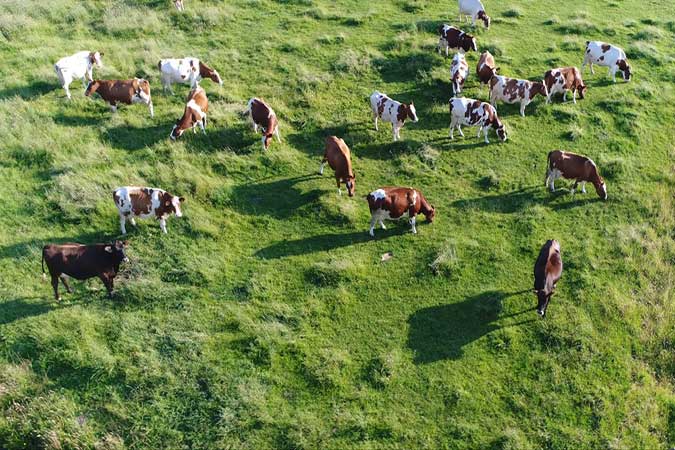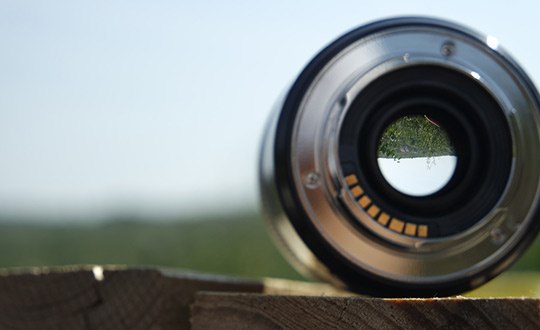If you’re taking advantage of this warm summertime weather to work on your landscape and nature photography outdoors, we recommend you practice using just natural light as a fun, challenging exercise.
Light is the bread and butter of all good photography. And although using supplementary gear and flash sources is helpful and can create tremendous looks, it’s also important for a flexible photographer to develop the skills to work with whatever they have at hand- sans gear. So getting started, here’s some helpful tips for working with natural light and natural light only:
Identify Light QualityBefore you dive in, it’s important to identify the type of light you’ll be working with. An understanding of light quality is key when it comes time to make technical adjustments and compositional choices.
Direct light is hard, and it creates much harsher and more noticeable contrast in your image. This kind of light isn’t always the most common choice for outdoor portraits, for example, in which many photographers are just trying to emphasize beauty. What it would be a great choice for though, is a bold landscape shot with lots of deep, powerful colors.
Diffused light (like light coming through clouds on cloudy days), on the other hand is soft, and it reduces or eliminates shadows. This, to use the previous example, would be a great pick for a soft, delicate outdoor portrait shot with natural light.
Take an Online Photography Course
Work With Light ColorJust like not all light comes in the same quality, it’s not all the same color either. The color of light pretty directly corresponds with the time of day, so depending on what shot you’re going for, you could try to plan accordingly to give yourself the best natural lighting circumstances.
Before the sun comes up, you’ll be working with a very cool blue surrounding. After the sun begins to come up, that blue will shift into a lighter golden hue.
Once it’s totally risen and high up in the sky, you’re really not going to see much added supplementary color coming from your light until sundown, at which point it will be that golden hour glow we’re all familiar with.







